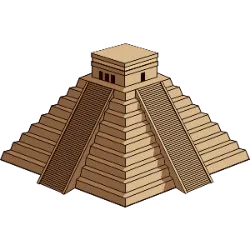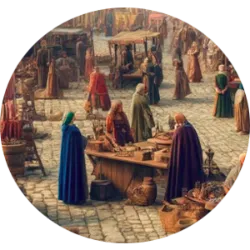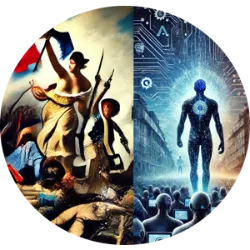The Emergence of the First Cities and Civilizations
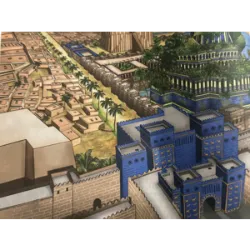
From 6000 BC, Neolithic communities settled on riverbanks, where fertile soil allowed agriculture. With the increase in agricultural production, labor became available for other activities, such as metallurgy. Agricultural surpluses led to the development of commercial exchanges between communities. This boosted population growth and the emergence of urban centers. Cities became economic, religious and political centers, driving the urban revolution. This phenomenon spread to other areas close to large rivers, giving rise to the first civilizations, with people organized around common constitutions, laws and beliefs.
The Nile and the Flowering of a Power
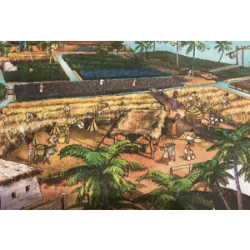
Egyptian civilization flourished in the northeast of the African continent along the banks of the Nile River, between the Arabian and Libyan deserts, from 3500 BC, lasting about 3000 years. Its development was driven by the fertility of the soil, enriched by the annual floods of the Nile. The Egyptians mastered engineering, building dikes and canals for irrigation during the dry season, as well as using the river as the main transportation and communication route for trade. Agriculture was the basis of the economy, cultivating wheat, barley, flax and other crops, while ranching, fishing and hunting. Crafts also prospered, including pottery, goldsmithing and metalworking. Agricultural surpluses boosted trade, with Egypt exporting wheat, pottery, and linen cloth, and importing raw materials such as wood, copper, and precious metals.
Test yourself with one of these challenges 👇
Discover some interesting facts about First Civilizations
Egyptian society
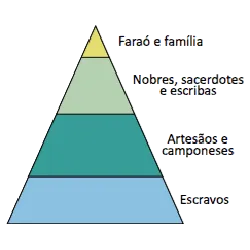
Egyptian society was formed by several social groups or strata (stratified society), but it was also hierarchical (that is, from top to bottom), that is, social groups were organized according to wealth, birth, function or the prestige of each one. Each social stratum had different powers and functions. At the top were the pharaoh and his family, responsible for the political organization of Egypt. Nobles, high officials, priests and scribes formed privileged groups, dedicated to functions such as religious worship, administration and military. Merchants, artisans and peasants, although not privileged, worked for the pharaoh and paid taxes. Peasants were the largest group and could be moved to public works. Slaves, usually prisoners of war, performed the hardest work and were the property of the pharaoh, being common in Egyptian civilization.
At first, Egypt consisted of small villages along the Nile River
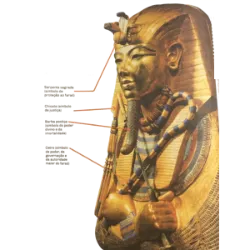
At first, Egypt consisted of small villages along the Nile River, which gradually coalesced into confederations, kingdoms, and eventually two distinct kingdoms: Upper Egypt and Lower Egypt. Around 3200 BC, King Menes of Upper Egypt conquered Lower Egypt, unifying the two kingdoms. The pharaoh, as supreme ruler, held powers as administrator of Egypt; Chief of the army; Supreme Judge and High Priest. The pharaonic monarchy was seen as divine, with the pharaoh being considered the son of the gods, which sacralized his power. The centralization of power in the hands of the pharaoh helped maintain order and resolve social conflicts. All land belonged to the pharaoh, and the palace was the political and administrative center. To support the government and large constructions, taxes were levied on non-privileged groups.
Egyptian religion was polytheistic, worshiping multiple gods in human, animal
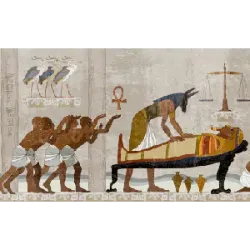
Egyptian religion was polytheistic, worshiping multiple gods in human, animal, and mixed forms, making it anthropomorphic. They believed that the worship of the gods would guarantee the fertility of the lands and ward off evils. Major gods included Ammon-Ra – father of the gods; Osiris – god of the dead; Anubis – god associated with life after death (mummification); Isis – goddess of motherhood; Horus – god of the sky; Thoth – god of scribes, magic, wisdom and arts; Hathor – goddess of the heavens, love, joy and music, as well as the pharaoh and the Nile River. Despite a brief monotheistic period during the reign of Amenhotep IV, Egypt soon returned to polytheism. They believed in the immortality of the soul, judged in the court of Osiris after death, where eternal life was possible if earthly behavior was good, carrying out the practice of mummification to preserve the body.
The Hebrews, originally from Mesopotamia

The Hebrews, originally from Mesopotamia, migrated to Palestine in search of the Promised Land, led by Abraham. Enslaved in Egypt around 1700 BC, they were led by Moses during the Exodus, returning to Palestine around 1300 BC and forming the Kingdom of Israel. They believed in a single god (monotheism), Yahweh or Jehovah, while most existing civilizations worshiped several gods (polytheism). During the Exodus, on Mount Sinai, Yahweh appeared to Moses, revealing to him the Ten Commandments, inscribed on the Tablets of the Law, which built the fundamental principles of this religion. Thus the idea of a universal religion and a single spiritual god was born. Monotheism and messianism were fundamental principles of this religion, Judaism, and constituted a religious revolution, which influenced the emergence of later religions such as Christianity and Islam.
The Sumerians invented writing
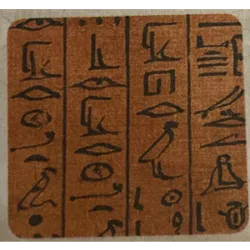
The Sumerians invented writing, through a complicated system of wedge-shaped signs, which became known as cuneiform writing. In Egypt a complex writing system, hieroglyphics, composed of hundreds of figures, the hieroglyphs. Because they are in the form of figures, these types of writing are called figurative writing, whose supports were clay tablets for cuneiform writing and papyrus for hieroglyphic writing. With the use of writing, it was possible to consolidate different areas of knowledge, such as history, theology, law and economics, as it allowed the recording and conservation of texts.
Test yourself with one of these challenges 👇
HOME
